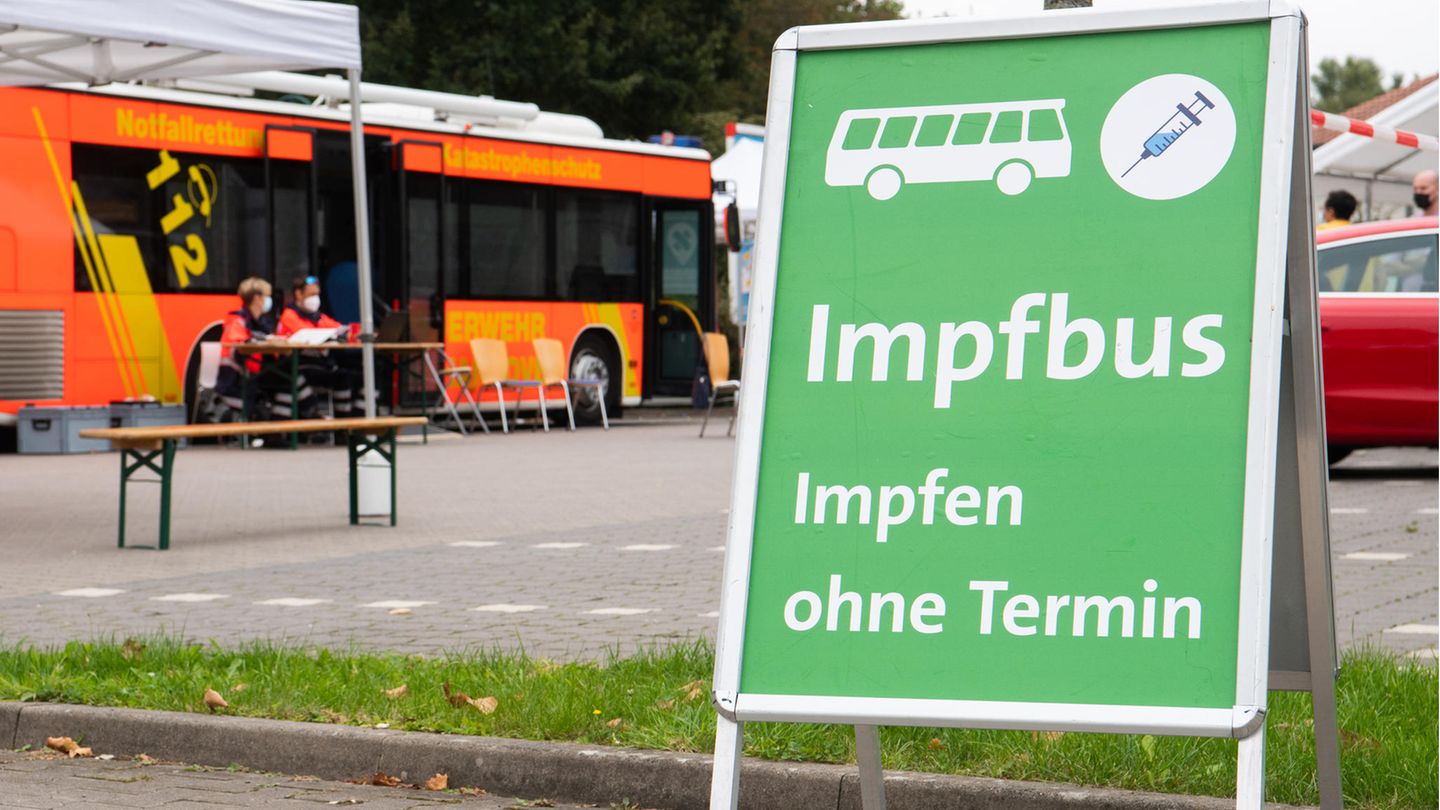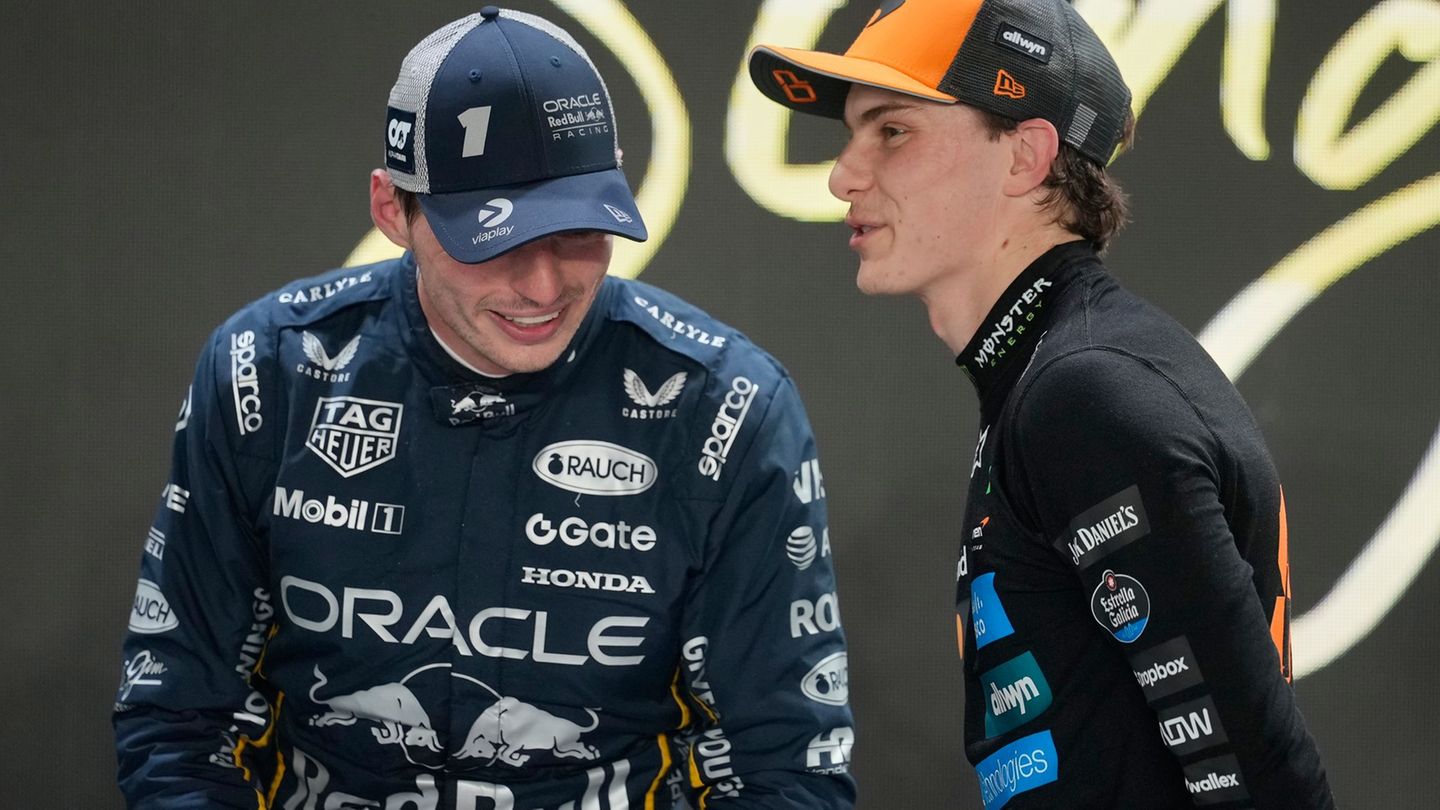Germany has been rolling up its sleeves in the fight against the corona virus since December 27, 2020. But apart from a few “vaccination highlights”, the immunization progresses rather slowly. Which vaccination incentives have brought anything at all?
The starting shot was given at the end of December last year. The federal government started a vaccination campaign against the corona pandemic under the motto “Germany is rolling up its sleeves”. While it was initially particularly vulnerable groups such as people over 60 who were vaccinated, since the beginning of June all adult Germans have had the chance to be immunized against the coronavirus. To date, more than 55 million people have chosen to be vaccinated. Too little for the much-touted “herd immunity”, for that the vaccination rate would have to increase to 80 to 85 percent.
According to (as of September 12), however, only 62 percent of the population are currently fully vaccinated, while a little over 66 percent have received the first prick. The numbers are stagnating, putting health professionals and politicians alike on high alert. Because Corona has long since picked up speed. According to calculations by the Robert Koch Institute, the next wave of pandemics threatens by October at the latest. In order to prevent this or at least to moderate the increase, as many people as possible must be encouraged to get vaccinated, says Nora Szech, who researches at the Karlsruhe Institute of Technology, among other things, on the subject of vaccination and incentive culture.
The fact that the vaccination campaign is stalling is not due to the tough opponents of vaccination. According to Szech, they only belong to a minority. “Anyone who really wanted to be vaccinated did everything at an early stage to get a vaccination appointment. Most of the others, especially boys or people from educationally disadvantaged backgrounds, do not care about the vaccination,” says Szech. One could think about penalties for people who do not want to be vaccinated. Szech does not consider this to be the best solution. Instead, the right incentives are needed. But weren’t there enough of them already? A look back over the past few months.
Incentives from the last few months are insufficient
Vaccination_per-day23_degrees
The vaccination campaign reached its first notable peak at the beginning of April (see graphic). On April 8th, a total of 611,761 people across Germany were vaccinated, just under a week later a new high of 692,950 people in one day followed. One reason for the increasing numbers could have been vaccinations in general practitioners’ practices. These have been allowed to administer the corona vaccination since the end of March. However, at the time, people with priority flu one to three were given preference, i.e. people aged 60 and over, medical staff and people with previous illnesses (). The number of people vaccinated in Germany continued to rise until mid-May. The vaccination campaign finally reached the current peak of 1,056,250 people vaccinated in one day on May 12th.
After that, the number of people vaccinated fell dramatically, but remained at a similar level until the end of the month – but which it could not maintain. Since then, the population’s willingness to vaccinate has been steadily declining. Even the final abolition of vaccination prioritization at the beginning of June and the introduction of the 3G rule at the beginning of August are not reflected in the number of people vaccinated. In order to solve the problem, politicians have meanwhile debated incentives such as vouchers (Alexander Dobrindt, CSU) or vaccination premiums worth 50 euros (Dietmar Bartsch, Linke). Ultimately, however, the focus was on a low-threshold vaccination offer in parking lots, in supermarkets with free sausages and vaccination campaign weeks.
Money is the best way to get people on the needle
Given the sobering figures, the question arises as to what extent the government’s incentives are any good at all. Sausages alone do not increase the willingness to be vaccinated, says economist Nora Szech. “We know from studies that people can be moved to vaccinate if the incentive is high enough.” But what makes a high incentive? “Those who get vaccinated do a lot for the community. That’s why you have to reward people,” explains Szech. The best way to do this is through financial incentives, because those who get vaccinated save the state around 1,500 euros, according to a calculation by the Ifo Institute. This amount is calculated from the fact that schools stayed open longer because of the vaccination, the economy works better and the health system is less burdened, according to the economist. Szech estimates that the social benefits could be even greater.
Conversely, the state can leave a share of this amount to citizens willing to vaccinate – as is already the case in the USA and Greece, among others. However, the government must offer the citizens more than ten euros per vaccination. “If the incentives are too small, however, it can be demotivating and have a negative effect on willingness to vaccinate,” says Szech. Studies have shown that an automatic vaccination offer increases the willingness to vaccinate by around five percentcould increase. If the people got 500 euros, the willingness for the prick increased by up to 90 percent. “In view of the increasing number of cases and the forecasts of the RKI, we can no longer afford to do nothing,” says Szech and pleads for a payment of 150 to 200 eurosper syringe.
As some state governments are currently doing, penalties can be considered and wages withheld from unvaccinated people if they have to be quarantined because of a corona disease. “But we should already think about whether we would rather have a culture of punishment or a reward.”



